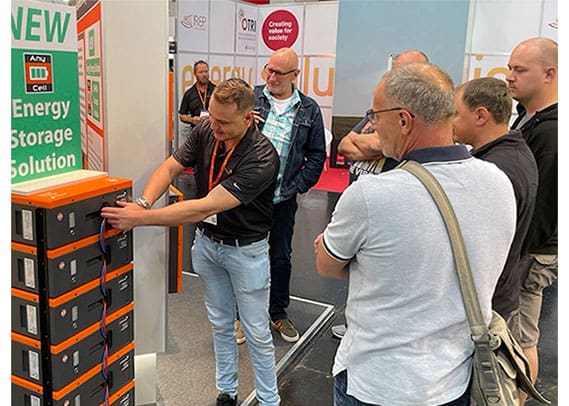
Utility grid pressure, mini-grids, unreliable grids, load shedding, and COVID-19 – A brief explanation of common regional conditions, challenges, and solutions.
In many markets across the world, the national electricity grids are continuously under pressure to supply the total residential and commercial loads that are required. This pressure tends to be seasonal as equipment loads increase or decrease and also as the challenges of generating electrical power may cause reductions in output or interruptions.
On continents where governments contemplate the options of grid extension vs. decentralized rural electrification, these pressures on the national grid should also be considered carefully. In some countries where the national grid is not well distributed and transmitted, or there may be very remote areas where the utility grid is not likely to reach for many decades, rural electrification in the form of mini-grids can be considered. These mini-grids can then, if they are planned correctly, be integrated into the national grid if the utility grid ever reached these areas. Mini- or micro-grids also make sense in certain regions of countries that are already well electrified, depending on the load data collected and analyzed along with system design to generation and storage.
In countries where the national utility grid is however well transmitted geographically, but at times unreliable, customers connected to it may want to consider a solution that will ensure reliable electricity supply during the intermittent grid supply periods. South Africa is a very good example of such a market where utility grid electricity per kWh is still relatively inexpensive and fairly regularly available in most areas. There is however an increasing amount of pressure on this national grid in the form of increased load demand, and decreased generation capacity due to ailing infrastructure. Even though in South Africa a rather large amount of renewable energy generation in various forms like solar PV, wind, and concentrated solar power (CSP), have been added over the last decade, policy restrictions and reduced transmission capacity still present challenges.
Since the onset of the Covid-19 pandemic, many consumers of the national utility grid power have started working from home offices and some are unlikely to return to their former places of work. The same is true for virtual learning from home. This new demand from residential customers has made the reliable supply of electricity across cities everywhere, even more important. With periods of load shedding now implemented in a country like South Africa, areas across this country are being disconnected from the utility grid during scheduled and unscheduled outages. Back-up electricity supply options have become extremely sought after.
The key to integrating a solution into this type of scenario is to store energy for use during grid power outages. There are many potential solutions but if we were to take capital costs, total cost of ownership, return on investment (ROI) and system efficiency into account, it gets somewhat complex for most consumers. That is where Phocos products can help.
How the Phocos Any-Grid Hybrid Inverter Can Solve the Challenges of Load Shedding
The Phocos Any-Grid Hybrid Inverter Charger (PSW-H) presents a great opportunity for customers in these types of markets to take control of their electricity supply requirements and ensure they are able to continue their work/study life as usual even during periods of load-shedding.

Figure 1: One Sample System Configuration Option
In this type of scenario, where the focus would be to ensure power supply when the grid is not available, the Phocos Any-Grid Hybrid Inverter Charger can be used to supply the loads from energy storage in the form of batteries when required. These batteries can then be re-charged from solar PV panels that are installed at the residence and can also be charged from the grid or a generator if required. The Phocos PSW-H Hybrid Inverter conveniently includes a pre-installed MPPT charge controller for the PV array, functionality to work with various battery technologies and also the AC power connection option.

Figure 2: Second Sample System Configuration Option
A system with the 5kW Phocos Any-Grid Hybrid Inverter Charger can be designed with many different configuration options and can even be interconnected to form systems of up to 45kW in size. What makes this product unique is its versatility and reliability. With all of the included functionality, a power system can be installed but then expanded on at a later stage if needed.
A system designed with the Phocos PSW-H can communicate with the Battery Management System (BMS) of many different lithium storage solutions and can also be monitored remotely via the PhocosLink Cloud by internet. The Any Grid Hybrid Inverter Charger is also able to be connected to the utility grid and feed the grid in countries where this is legal and where feed-in-tariffs are in place.
Phocos is continuously working through our technical team in Germany to expand the functionality and versatility of our range of devices even further. With 20+ years of experience in the solar Off-Grid and edge-of-grid markets, our engineers are able to apply this knowledge to service communities where the utility grid is unreliable. Since most customers rely completely on energy to power their lives, this is an important initiative for Phocos and it is the reason we introduced the flexible Any-Grid Hybrid Inverter Charger to offer a valuable solution to the problems and challenges faced.
To learn more, please go to our PSW-H product landing page or watch part one of our webinar series introducing the various system configurations options.












